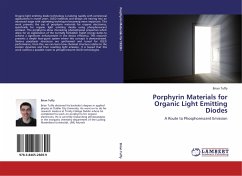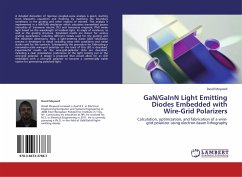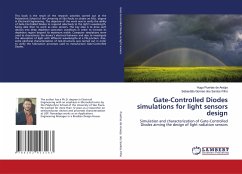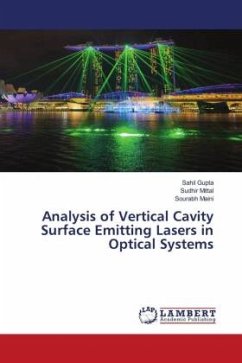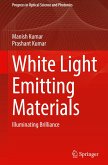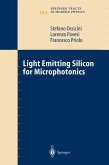Organic light emitting diode technology is evolving rapidly with commercial applications in recent years. OLED materials and design are moving into an advanced stage with optimising techniques becoming more important. This work presents the use of porphyrin materials for organic electronics, specifically for organic light emitting diodes using phosphorescent emission. The porphyrins show interesting photophysical properties which allow for an exploitation of the normally forbidden triplet energy states to achieve a significant enhancement in the device efficiency. This research presents a simple host-guest system where this concept is demonstrated. Various porphyrin structures are synthesised and tuned for OLED performance, from this, we can learn how chemical structure relates to the exciton dynamics and their resulting light emission. It is hoped that this work outlines a possible route to phosphorescent OLED technologies.
Bitte wählen Sie Ihr Anliegen aus.
Rechnungen
Retourenschein anfordern
Bestellstatus
Storno

